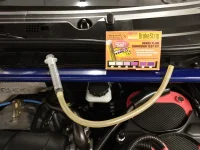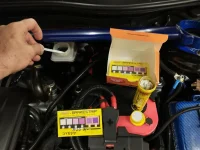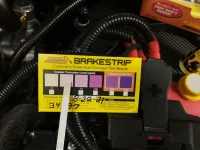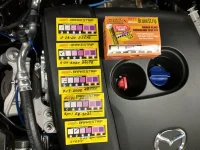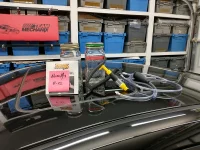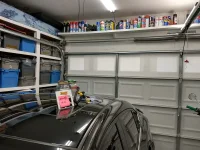Its not a bad idea if you started to do it sooner in the service. But the only way to see if you are wasting your time is pull and test a sample at the furthest caliper and compare it with the master cylinder reservoir.
I suppose anything is better then nothing , but please dont throw up the dilution formula because when it comes to brake fluid because moisture pressures and vacuum is not part of the formula .
BTW I do
FREE brake fluid testing and a cup of fresh brew of coffee ... just pop on over to my house anytime. LOL
I went out to do a test and pictures to post and
got a surprise.

You can see that I check the brake fluid regularly. So I am going to do the reservoir fluid replacement only. For the fun of it. And test the results in a month. I would do a complete proper fluid replacement but I am getting ready for a complete brake upgrade and the fluid I use is Amzoil so sorta pricey for using it as an experiment replacing only the reservoir fluid. . I will even use my Turkey baster instead of the tool in the picture.

Although I have a MityVac I now use a Phoenix Max Pro Brake bleeder. Although not in any Factory service manual nor All-Data or for that matter any service manual that I am aware of, since I first tried it I now always use it as I personally have found it to be the best system ever!
Some of you other mechanics and Auto Tech should check it out and maybe try it?

